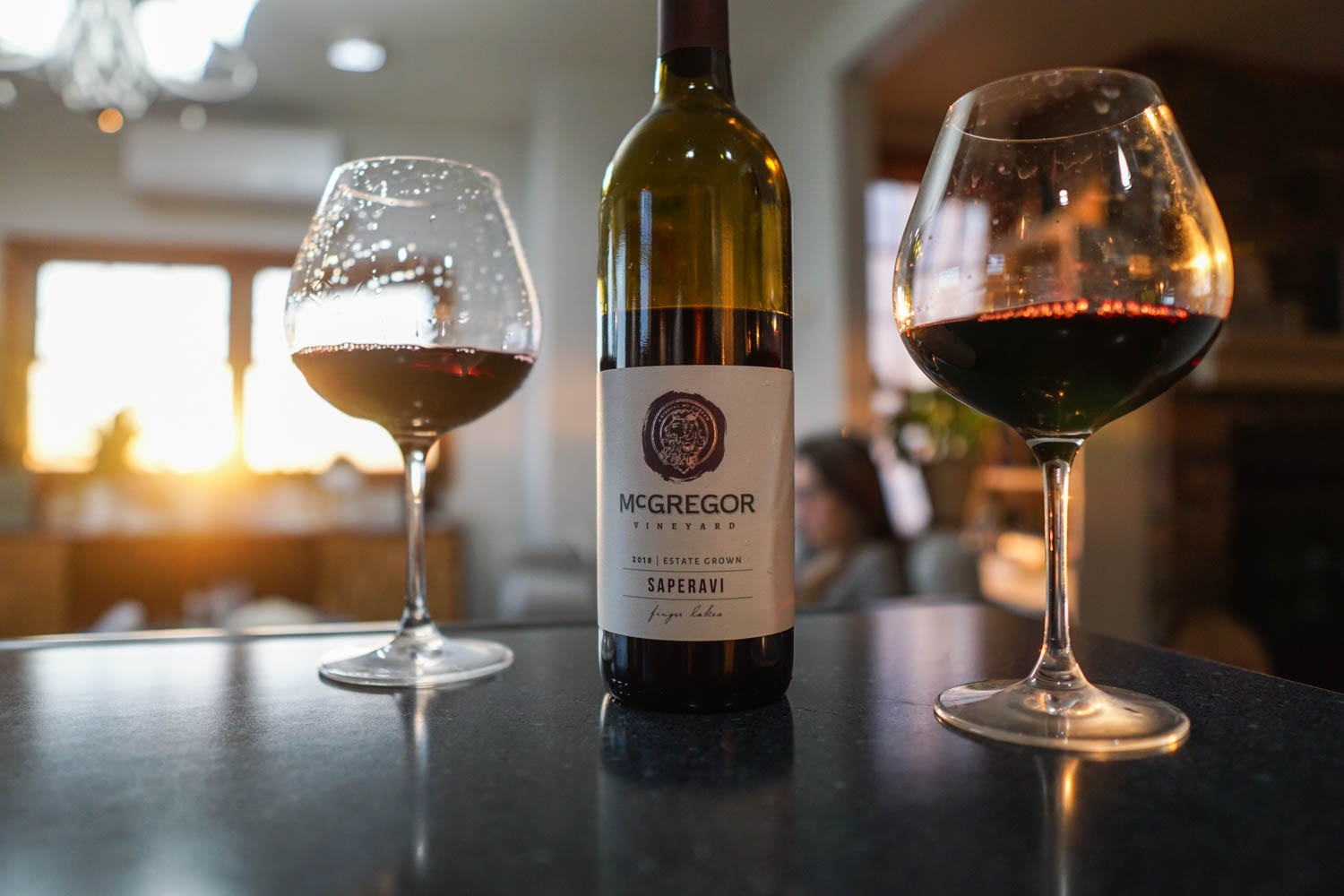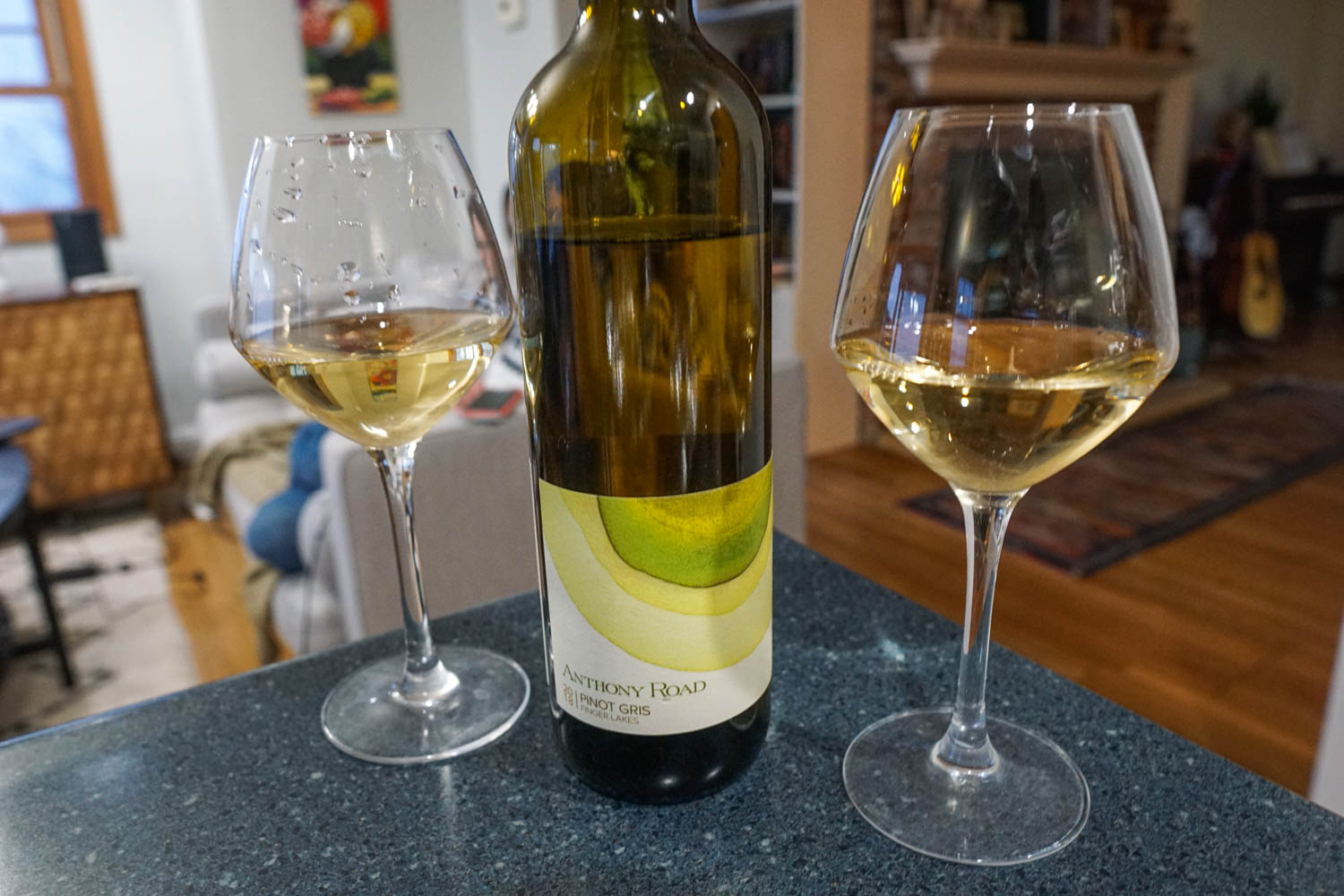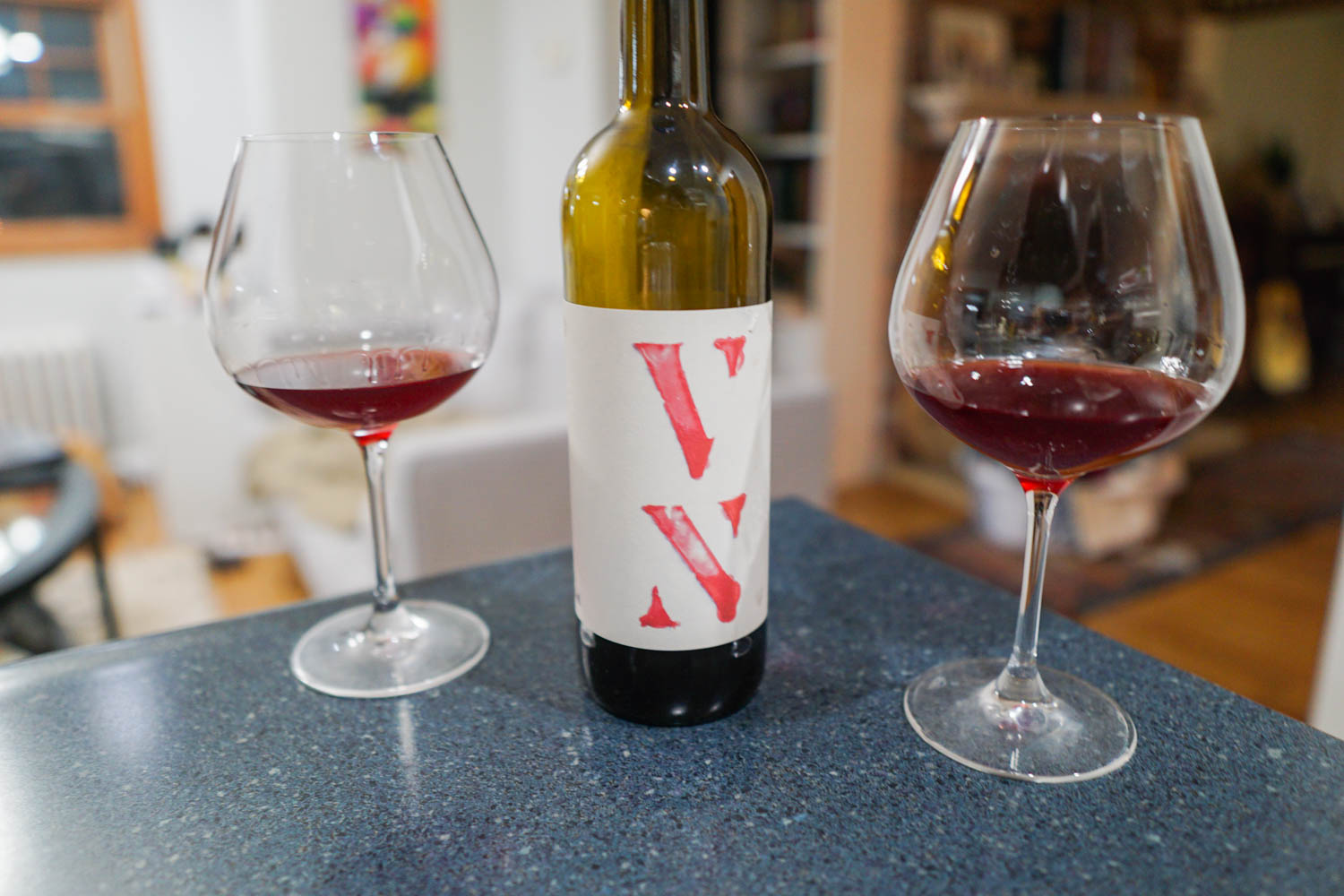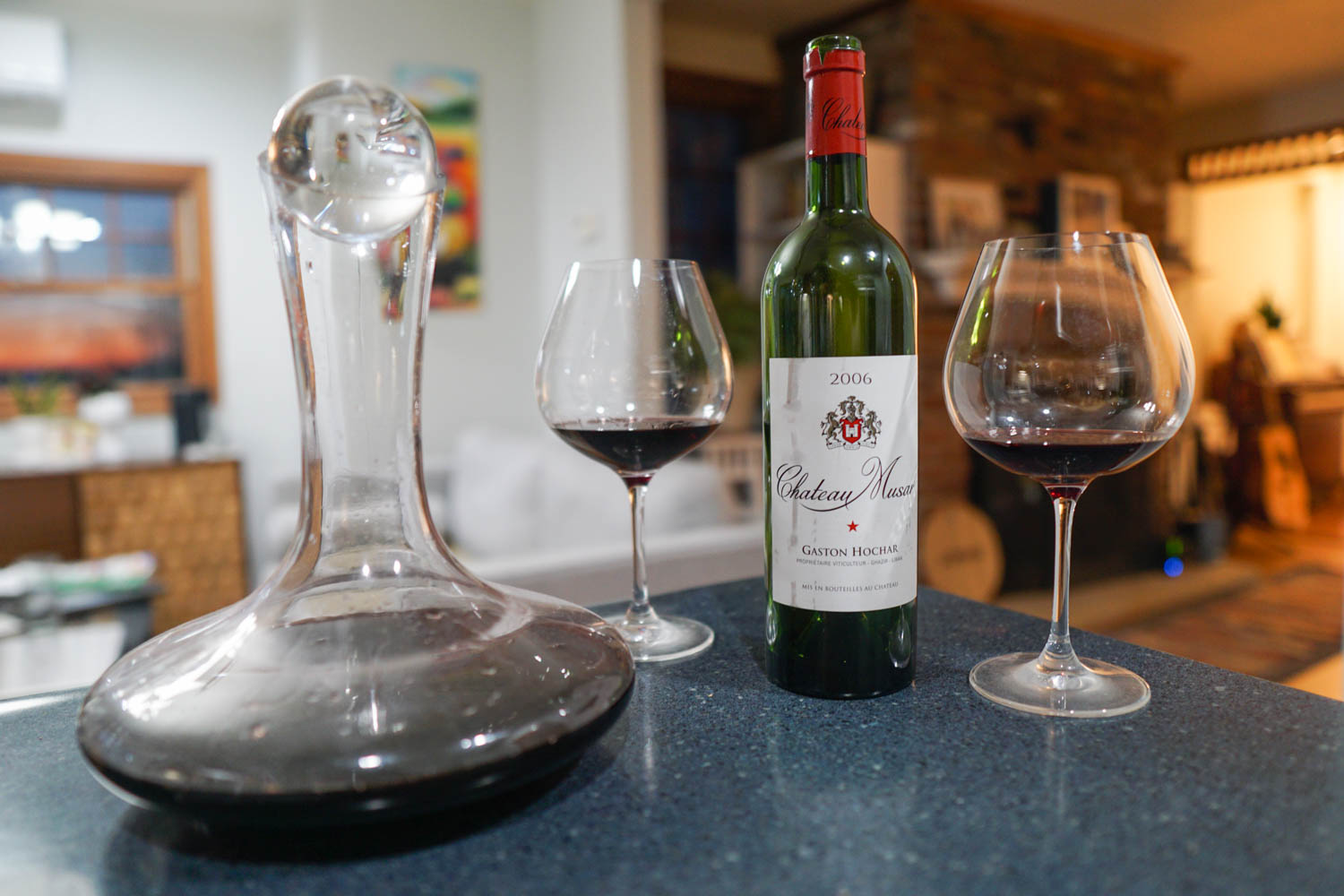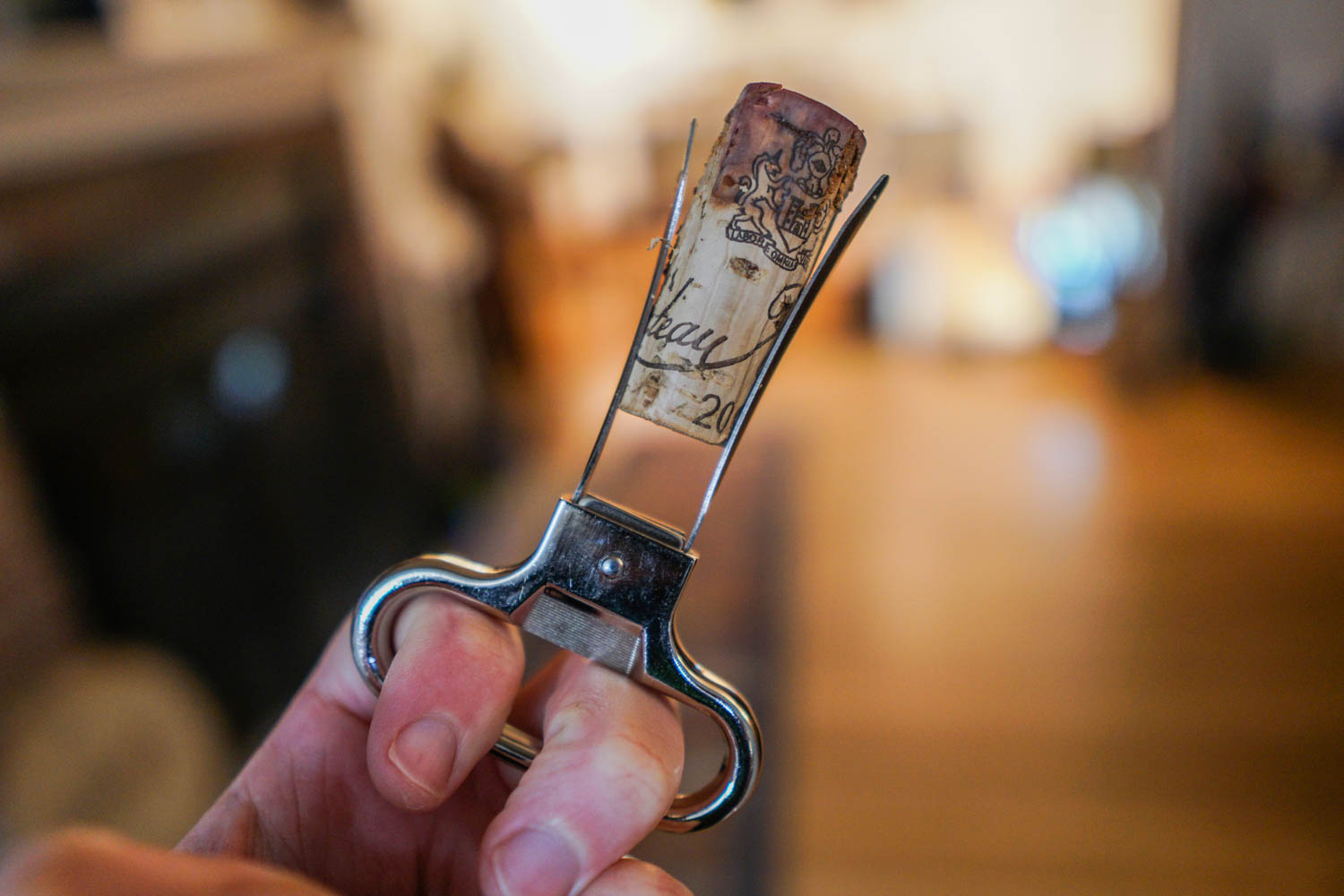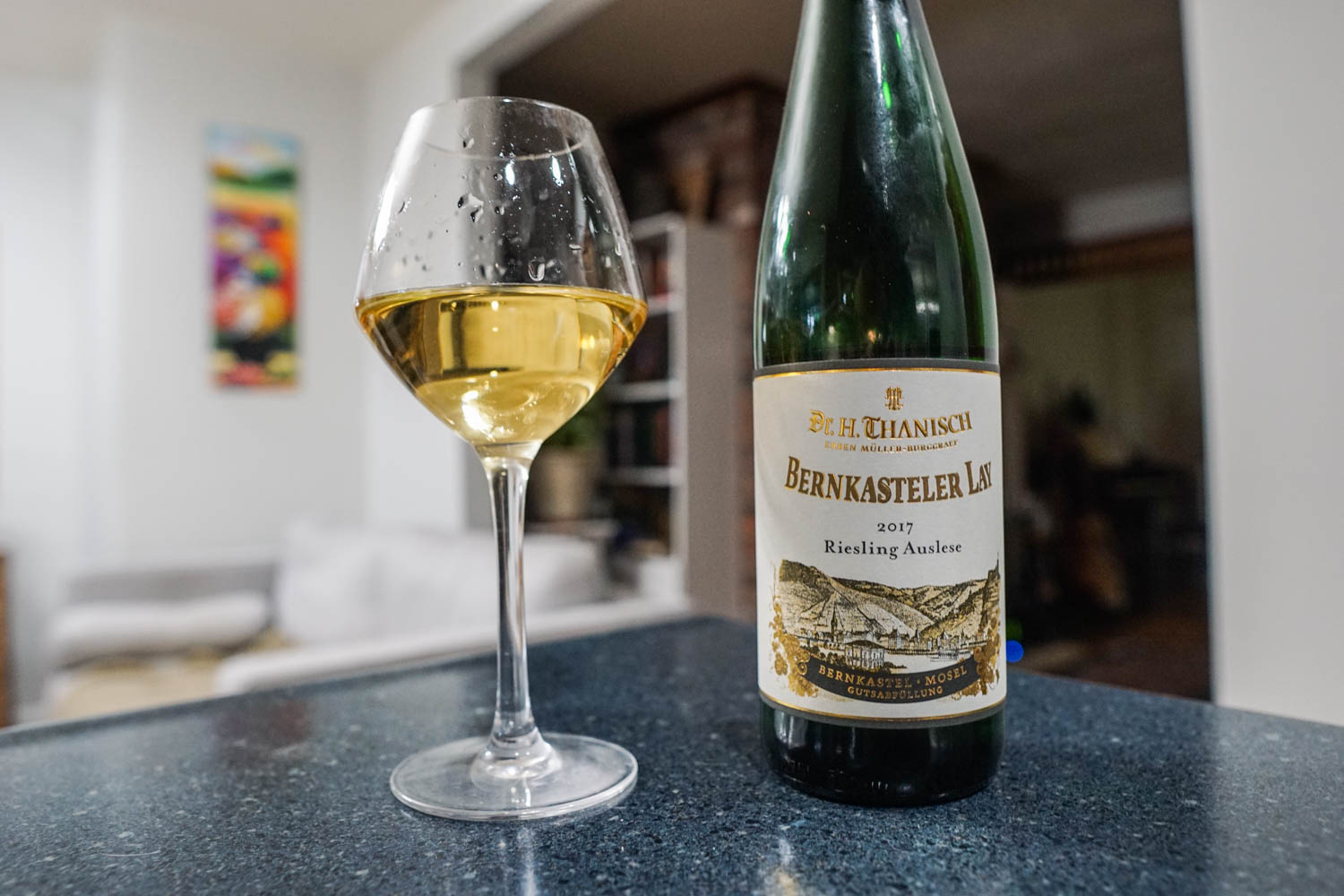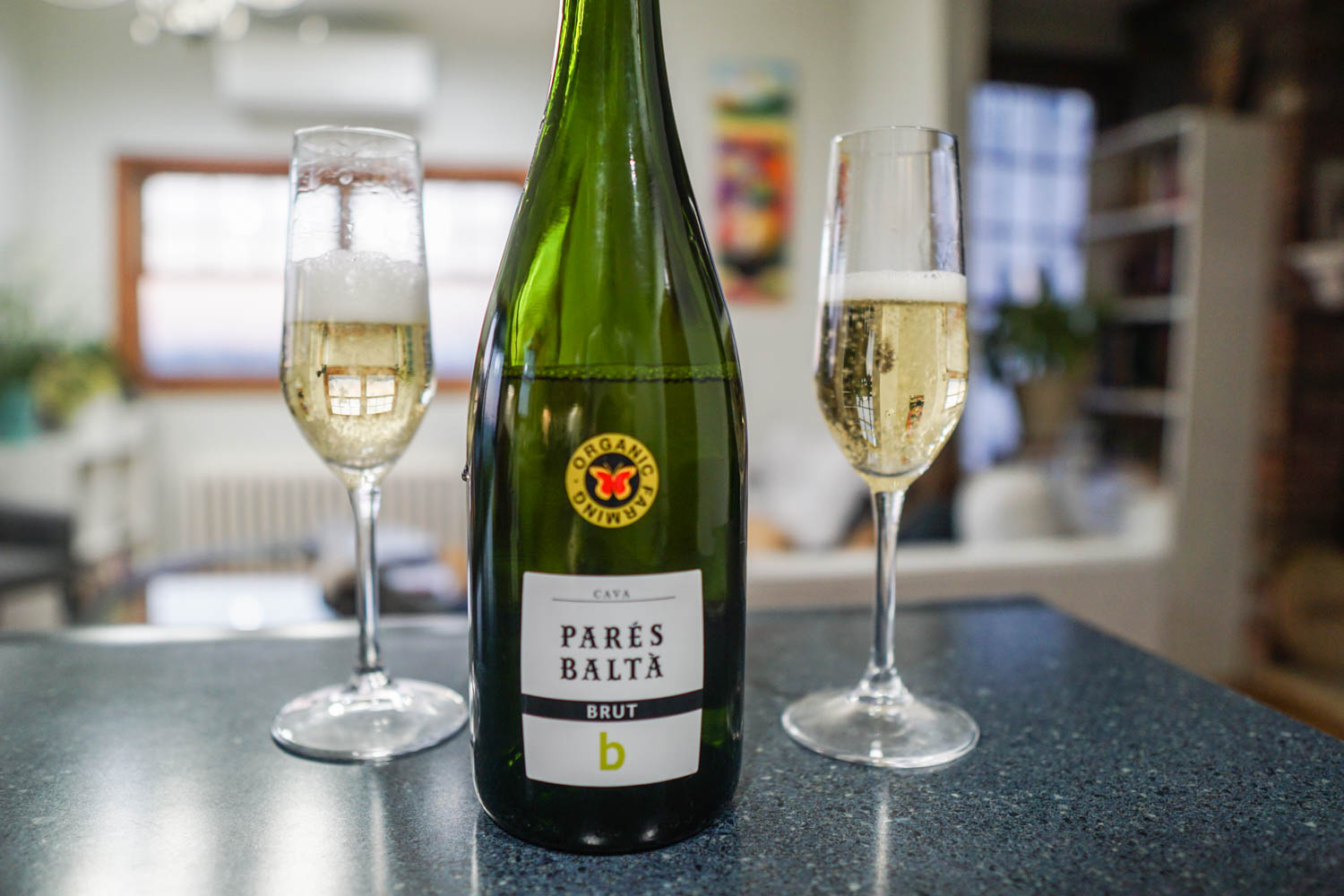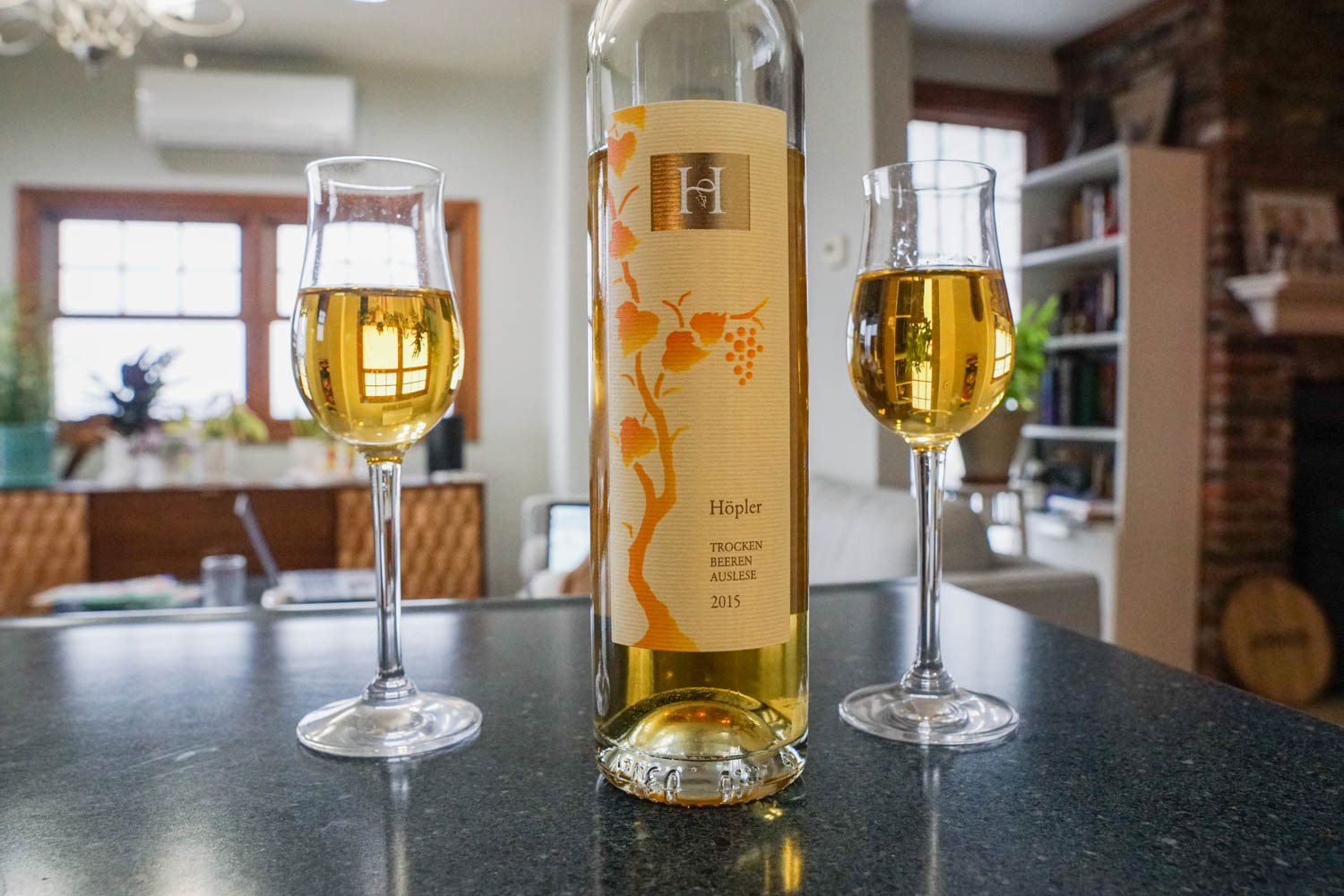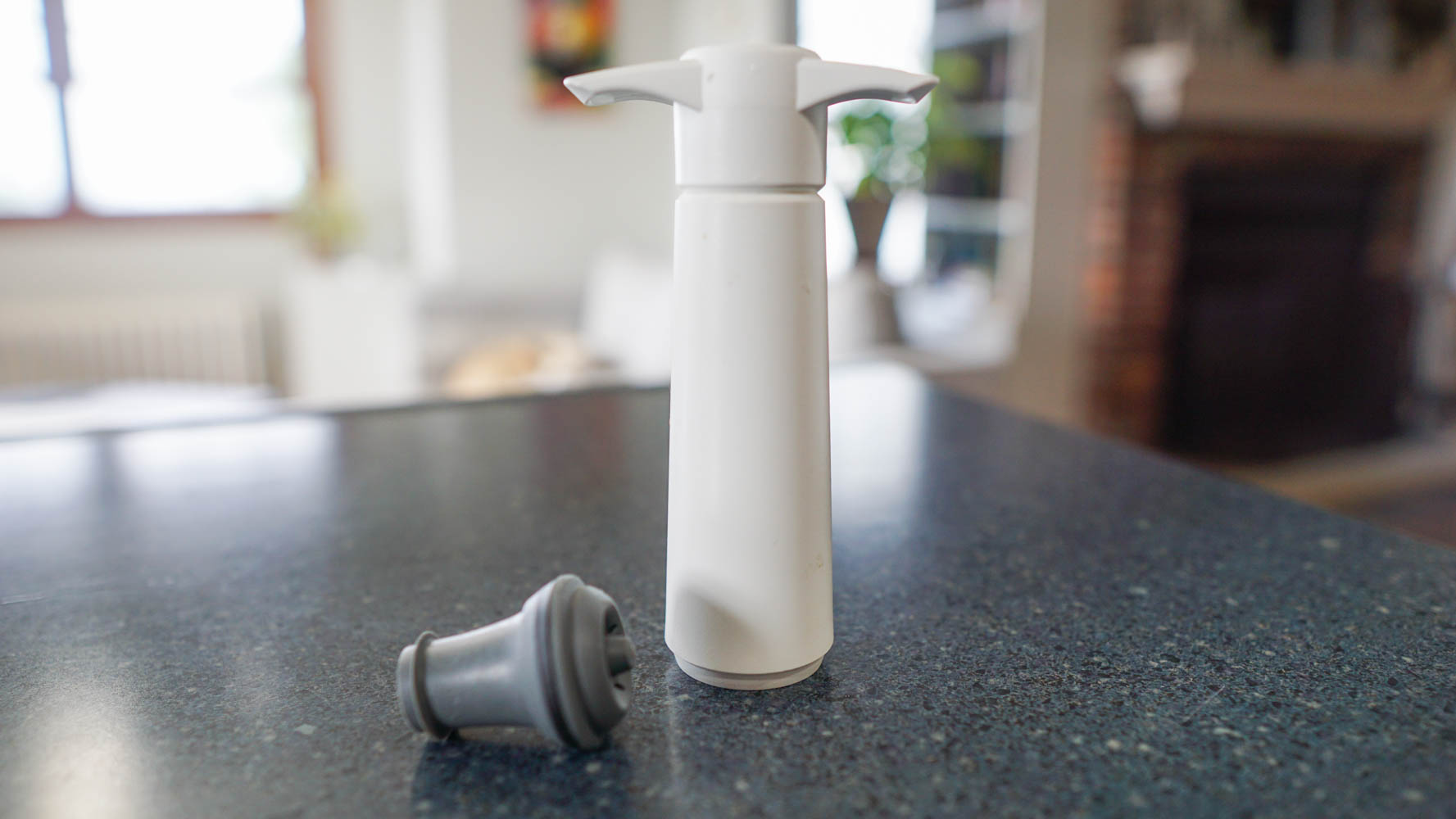Our first sample of Lebanon's Chateau Musar came at Wine Bar George while we were on vacation at Disney. At that point in time, Angie had never tried a significantly aged wine, and the 1996 Chateau Musar caught her eye as a splurge sample.
It was, in a word, lovely.
It was there that we learned that Chateau Musar is somewhat unique as a producer in that they do not release their bottles until they are ready to drink. Sometimes these can be young, other times quite old depending on the grape, growing season, and blending choices.
Cut to a year later when we found a bottle of 2006 Chateau Musar at a local store with a three-way blend of Cabernet Sauvignon, Cinsaut, and Carignan at a rather respectable price point. Without thinking twice, we bought the store's one and only bottle.
A few months later we cracked it open with our Ah So, gently poured it into our decanter, and snuck a taste while letting it breathe. It was different, naturally, but every bit the high-quality wine we expected.
Read more


